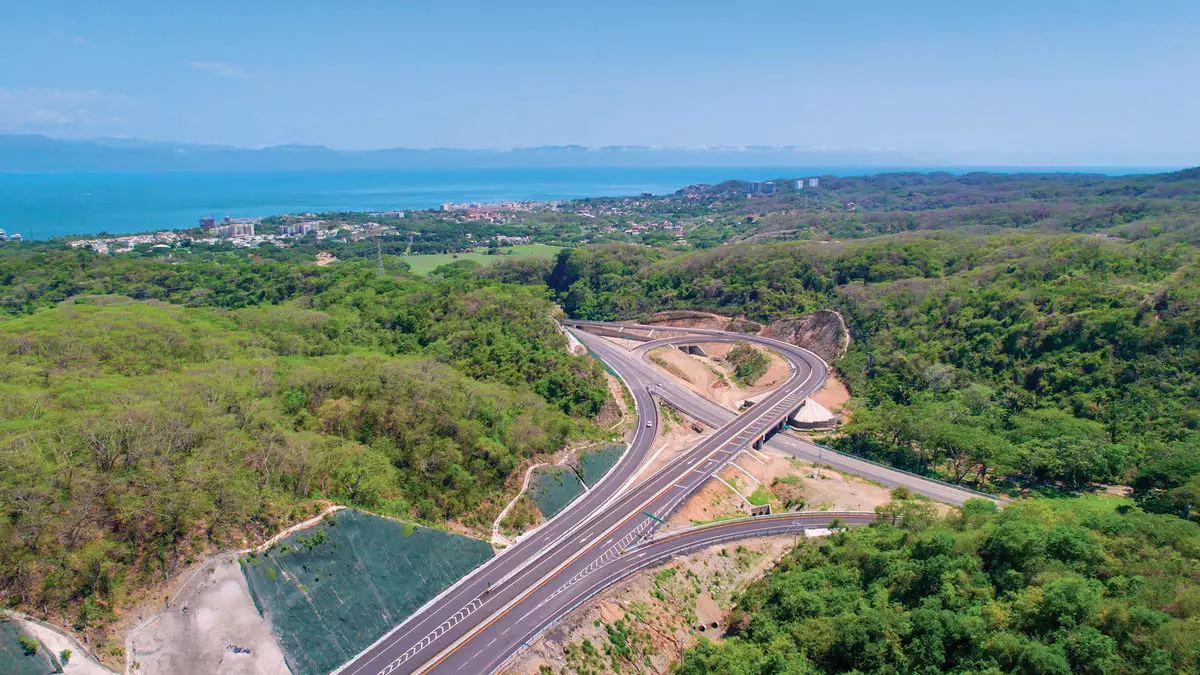The allure of tourism dollars can often lead to hasty development decisions that have long-lasting negative impacts on the environment and local communities. Take the example of Tulum, once revered for its pristine beaches but now suffering from overdevelopment and environmental neglect. As the tourism industry boomed, infrastructure failed to keep pace, resulting in pollution, degradation, and rapid gentrification. Housing built on critical mangroves meant to protect against natural disasters like hurricanes has put the coastal village of Sayulita at risk. Even smaller destinations, like Sayulita, have faced the harsh realities of unsustainable tourism growth, with sewage pollution plaguing the area for years.
Successes and Failures
While some destinations have succumbed to the pressures of mass tourism, others have managed to strike a delicate balance between growth and preservation. Puerto Escondido saw the negative effects of irresponsible tourism first-hand but successfully resisted the development of Punta Colorada, preserving a beloved surf spot for locals and tourists alike. Similarly, Bacalar in Quintana Roo has implemented strict environmental regulations to limit development and protect its fragile ecosystem. The emphasis on maintaining the charm of a small town while still attracting visitors highlights a shift towards more sustainable tourism practices.
Despite the progress made in certain regions, challenges persist in ensuring sustainable tourism development across Mexico. Environmental activists are wary of projects like the Tren Maya, which promise economic benefits but pose significant environmental risks. The lack of adherence to mitigation plans and illegal construction activities raise concerns about the long-term impact on local ecosystems. However, government initiatives in Nayarit demonstrate a commitment to responsible development by imposing height restrictions on buildings and promoting sustainable growth strategies.
While the onus of sustainable development primarily falls on governments and developers, communities and travelers also play a crucial role in shaping the future of tourism in Mexico. Initiatives like the Responsible Travel Fee introduced by Journey Mexico underscore the importance of conscious consumer choices in promoting ethical tourism practices. By actively supporting local communities and engaging with stakeholders, travelers can contribute to the preservation of natural and cultural heritage in popular destinations like Holbox, Bacalar, and Puerto Escondido.
As the tourism industry continues to evolve in Mexico, finding a balance between economic prosperity and environmental conservation remains a pressing issue. By learning from past mistakes, promoting sustainable practices, and engaging with local communities, stakeholders can work together to ensure that tourism development benefits both visitors and residents alike. The journey towards responsible tourism requires a collective effort, with each individual playing a part in shaping a more sustainable future for Mexico’s diverse destinations.

